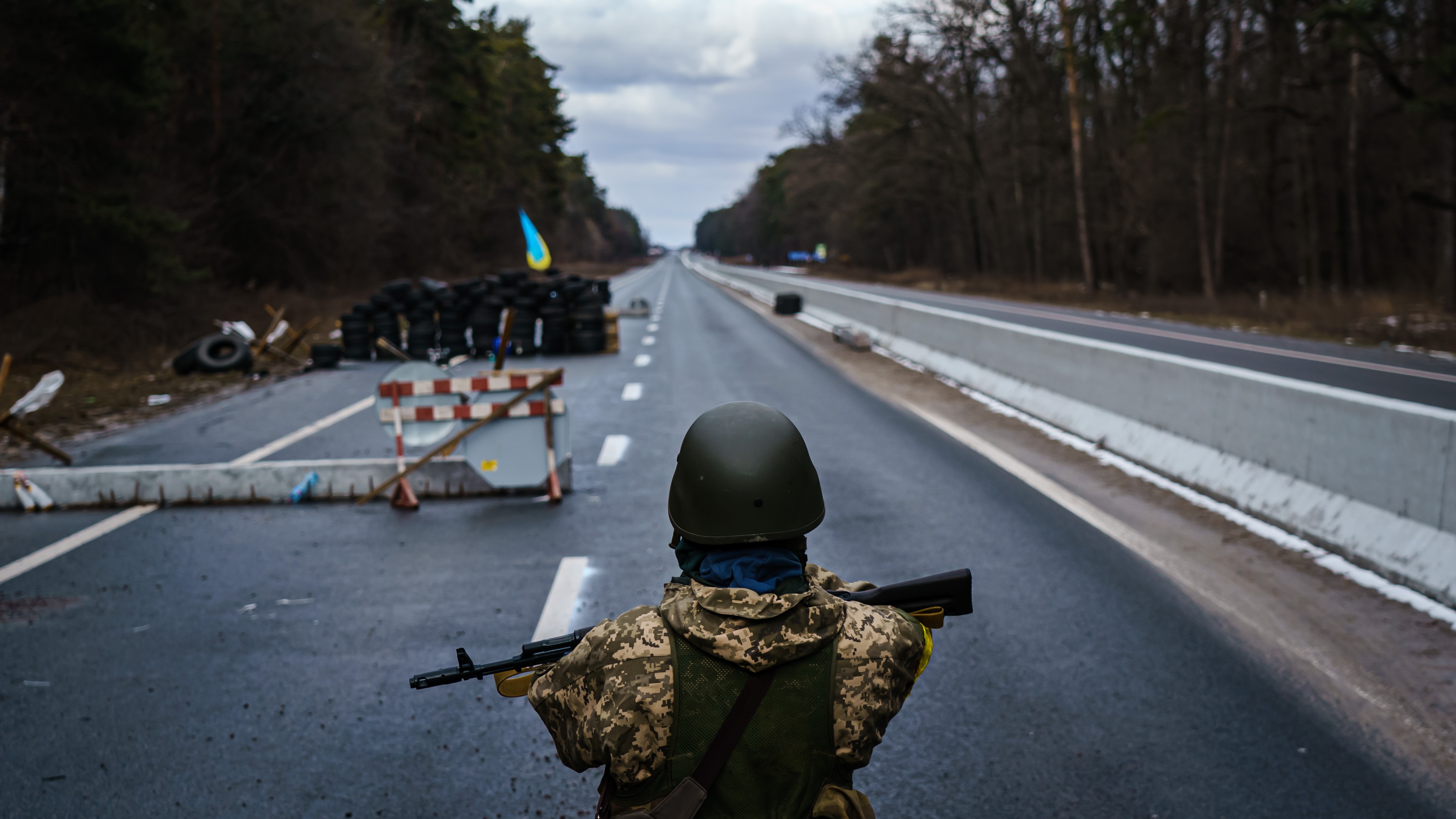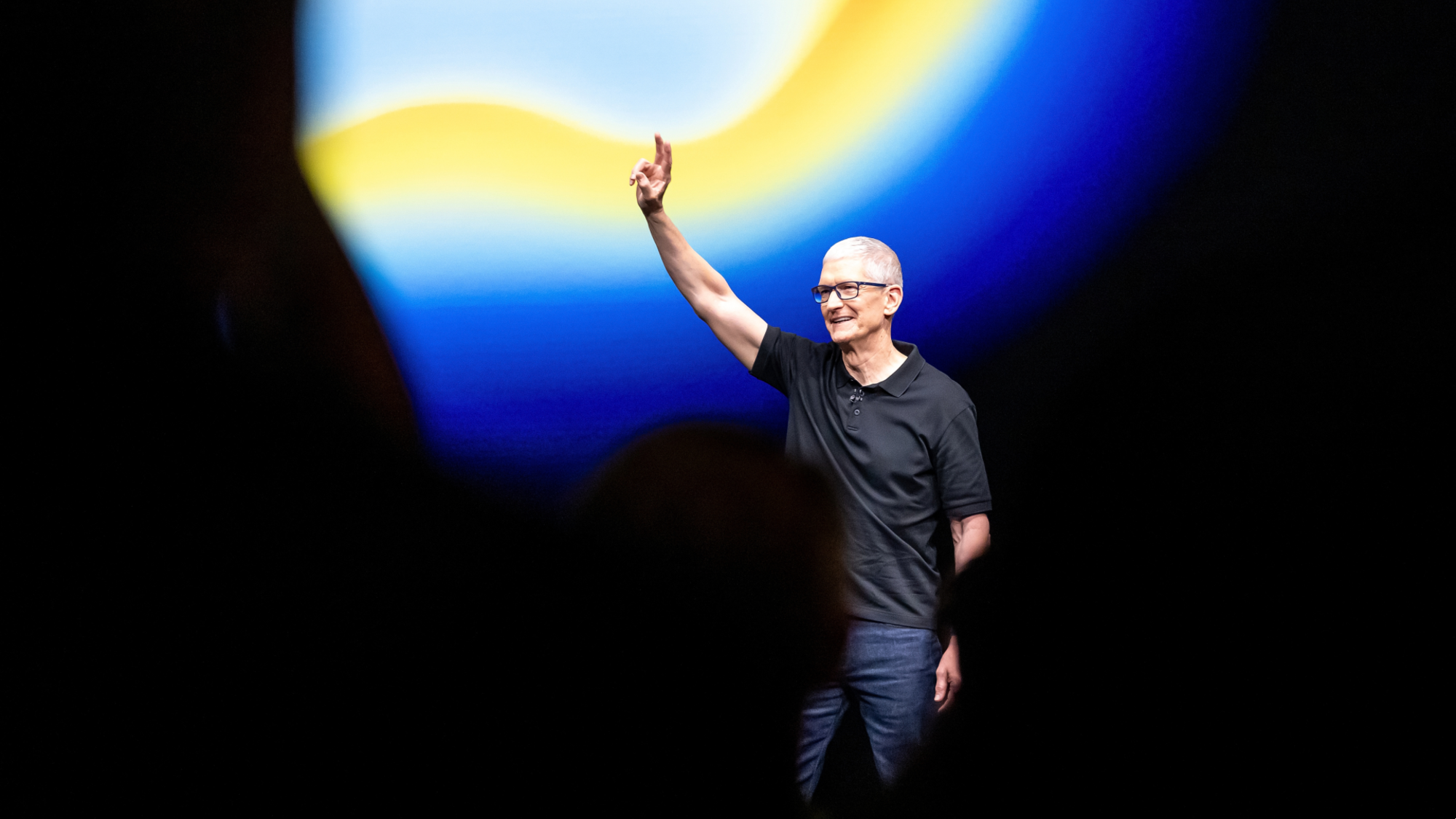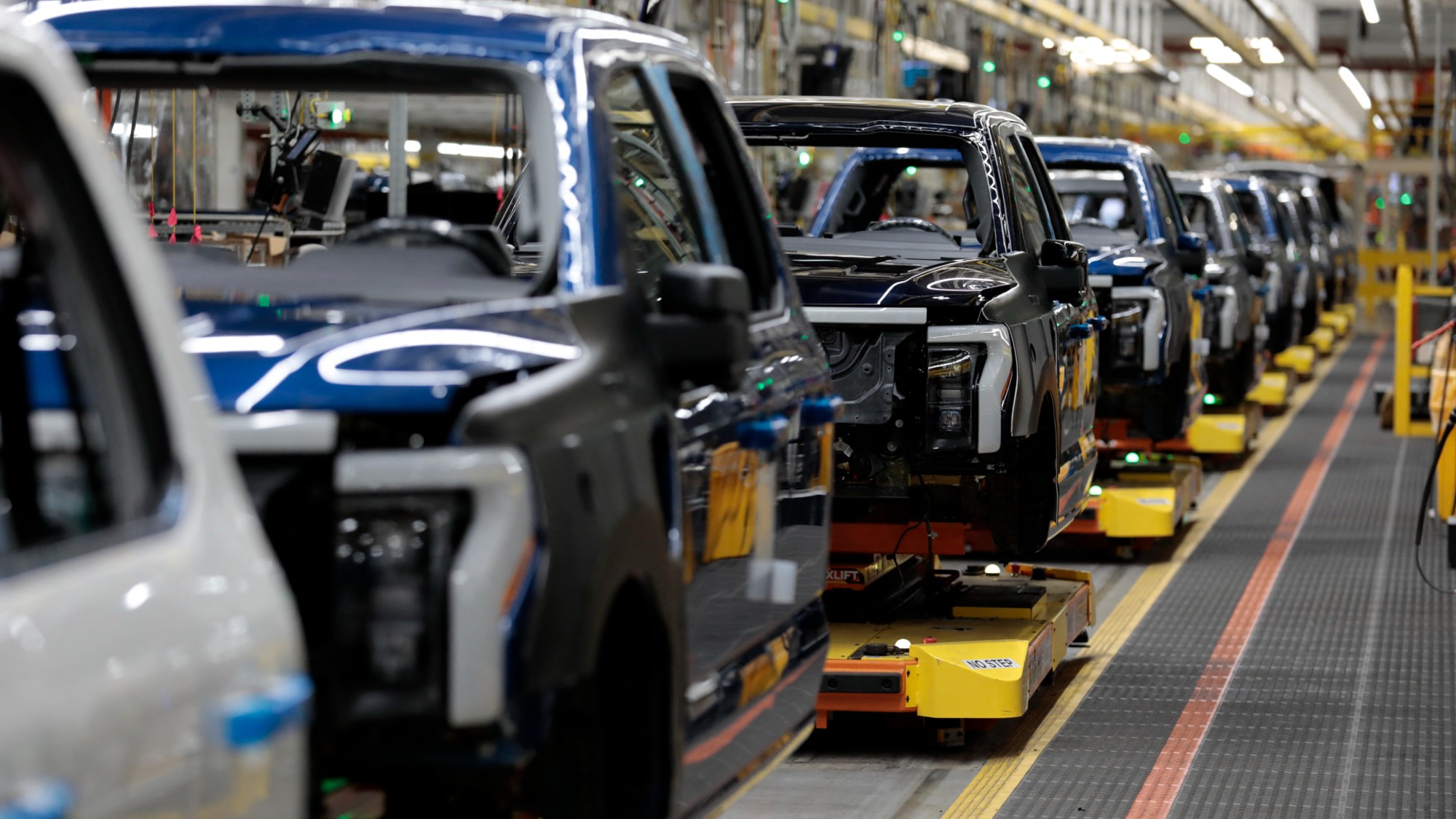What is open-source intelligence – and how is it helping to map the Ukraine war?
Satellite images and TikTok videos are among weapons in online sleuths’ arsenal

A growing number of journalists, researchers and amateurs are winning huge online followings by casting fresh light on Russia’s actions in Ukraine using freely available information.
Open-source intelligence (OSINT) researchers have “have existed on the fringes of conflicts since at least 2014”, Rest of World reported. Operating “across the world”, these researchers “publicly conduct the type of work that intelligence agencies do behind closed doors”.
Often working under pseudonyms, the sleuths “have transfixed an information-hungry public with an analysis of key movements in Russia’s invasion”, the site said. But how are the researchers helping to clear the fog of war from behind computer screens?
The Week
Escape your echo chamber. Get the facts behind the news, plus analysis from multiple perspectives.

Sign up for The Week's Free Newsletters
From our morning news briefing to a weekly Good News Newsletter, get the best of The Week delivered directly to your inbox.
From our morning news briefing to a weekly Good News Newsletter, get the best of The Week delivered directly to your inbox.
Humble origins
Eliot Higgins, the founder of investigative journalism group Bellingcat, was one of the first open-source intelligence researchers to achieve mainstream recognition, after he began studying the use of weapons in the Syrian civil war.
Higgins began blogging in 2012 under the alias Brown Moses, while unemployed and looking after his young daughter. He monitored more than 450 YouTube channels for images of weapons and tracking when new types appeared in the war and who was using them.
A year later, The Guardian reported that Higgin’s work was being “cited by human rights groups” and had “led to questions in Parliament”. And he did it all “largely unpaid, from a laptop more than 3,000 miles away from Damascus, in his front room in a Leicester suburb”.
He told the paper: “Before the Arab spring I knew no more about weapons that the average Xbox owner. I had no knowledge beyond what I’d learned from Arnold Schwarzenegger and Rambo.
A free daily email with the biggest news stories of the day – and the best features from TheWeek.com
“My wife sees me doing all this work and thinks I should be getting paid for it. But I’m doing it because I see stuff that isn’t being reported in the mainstream media and want to record it.”
Bellingcat has since developed into an international organisation that “uncovered evidence that Syrian dictator Bashar al-Assad fired chemical weapons at his own people” and “identified the Russian intelligence agents alleged to have poisoned MI6 double agent Sergei Skripal and his daughter Yulia”, NPR reported.
It was also the first media organisation in the world to name the suspected assassins behind the 2020 poisoning of Russian opposition leader Alexei Navalny.
In an interview with the Washington D.C.-based broadcaster last year, Higgins said the process of deciphering what is happening using OSINT was about “piecing together a variety of clues that were available online”. And he is now not alone in his efforts to pull together the evidence.
Growing field
Since the Cold War, the US and its Nato allies have tracked Russian troop and equipment movements “using expensive and often exotic means of keeping tabs on other people’s territory such as spy satellites and surveillance flights”, The Economist said.
But now, “journalists, academics, think-tankers, activists and amateur enthusiasts” are increasingly joining Higgins and his Bellingcat colleagues in using “their own tools” to “reveal goings on in inaccessible places”, the paper added.
Under the pseudonym Intel Crab, University of Alabama student Justin Peden “has become an unlikely source of information about the unfolding Ukraine-Russia war”, Rest of World said.
“From his dorm room, the 20-year-old sifts through satellite images, TikTok videos, and security feeds, sharing findings like troop movements and aircraft models with more than 220,000 followers on Twitter,” the site continued. “His posts have reached 20m people and his follower count has increased by over 50,000 people over the past month”, making him “one of the most prominent OSINT figures on Twitter”.
Another prominent OSINT researcher is Jeffrey Lewis, an arms control expert who leads a team of analysts at the Vermont-based Middlebury Institute of International Studies.
On 24 February, he tweeted that Google Maps showed a traffic jam had formed on a road near Ukraine’s border in “exactly” the same place he had seen a Russian formation days earlier. Hours later, Vladimir Putin announced that a Russian invasion was under way.
OSINT requires constantly searching for “hints”, as well as “knowing where to look”, The Economist said. A common tactic is known as “tipping and cueing”, where “clues gleaned from one sensor” are used to “guide a sharper one that can see what’s what”.
Other discoveries are far simpler. Maxar, a space technology company, made “headlines across the globe when it released images of a Russian military vehicle convoy, stretched out over the road to Kyiv for 40 miles, within hours of their collection”, Buzzfeed News reported.
There is also a “small army of OSINT enthusiasts who log the activity of military and other interesting planes” using publicly available flight tracking websites “and post their findings to social media”, the site added.
OSINT researchers are increasingly “doing the sort of thing that armies do before wars”, The Economist said. And modern armed forces increasingly “appreciate the role that open sources have begun to play in crises”.
Seeing not understanding
Yet for all the information OSINT can provide, it “is not a panacea”, said The Economist. As armed forces have become more aware of its influence, they have begun to use the work of online sleuths “to their advantage”.
“An army might, for instance, deliberately show a convoy of tanks headed in the opposite direction to their intended destination”, the paper reported, “in the knowledge that the ensuing TikTok footage will be dissected by researchers.”
Some analysts already “believe that OSINT work is being utilised by the Ukrainian military”, Rest of World said, and are becoming increasingly concerned about the “potential impact” of their work on the conflicts they study.
“In the midst of a very active conflict, there’s also an informational tussle that’s going on online as well,” Ciarán O’Connor, an analyst at the Institute for Strategic Dialogue, told the site. “For accounts that wield enormous followings, if they post and get it wrong, there’s a good chance that it spreads very quickly.”
Others are concerned that observers are becoming over reliant on OSINT, creating a false impression that they know exactly what is happening on the ground.
“People seem to think that OSINT will present them with the full scale of the build-up” to a future conflict, Konrad Muzyka, a defence analyst focusing on Russia and Belarus, told The Economist.
“I am under no illusion,” he warned. “We are only seeing a fraction of what is really going on.”
-
 Into the Woods: a ‘hypnotic’ production
Into the Woods: a ‘hypnotic’ productionThe Week Recommends Jordan Fein’s revival of the much-loved Stephen Sondheim musical is ‘sharp, propulsive and often very funny’
-
 ‘Let 2026 be a year of reckoning’
‘Let 2026 be a year of reckoning’Instant Opinion Opinion, comment and editorials of the day
-
 Why is Iran facing its biggest protests in years?
Why is Iran facing its biggest protests in years?TODAY’S BIG QUESTION Iranians are taking to the streets as a growing movement of civic unrest threatens a fragile stability
-
 Is Apple’s Tim Cook about to retire?
Is Apple’s Tim Cook about to retire?Today's Big Question A departure could come early next year
-
 Is AI to blame for recent job cuts?
Is AI to blame for recent job cuts?Today’s Big Question Numerous companies have called out AI for being the reason for the culling
-
 How will Ford reinvent EV manufacturing to compete with China?
How will Ford reinvent EV manufacturing to compete with China?Today's Big Question Henry Ford's assembly line system is being replaced
-
 What's Linda Yaccarino's legacy? And what's next for X?
What's Linda Yaccarino's legacy? And what's next for X?Today's Big Question An 'uncertain future' in the age of TikTok
-
 Meta on trial: What will become of Mark Zuckerberg's social media empire?
Meta on trial: What will become of Mark Zuckerberg's social media empire?Today's Big Question Despite the CEO's attempt to ingratiate himself with Trump, Meta is on trial, accused by the U.S. government of breaking antitrust law
-
 How might AI chatbots replace mental health therapists?
How might AI chatbots replace mental health therapists?Today's Big Question Clients form 'strong relationships' with tech
-
 Claws, motherships and shotguns are just some of the latest drone technology
Claws, motherships and shotguns are just some of the latest drone technologyThe Explainer Beyond just surveillance, drones can now be used for a wide array of purposes
-
 'Mind-boggling': how big a breakthrough is Google's latest quantum computing success?
'Mind-boggling': how big a breakthrough is Google's latest quantum computing success?Today's Big Question Questions remain over when and how quantum computing can have real-world applications